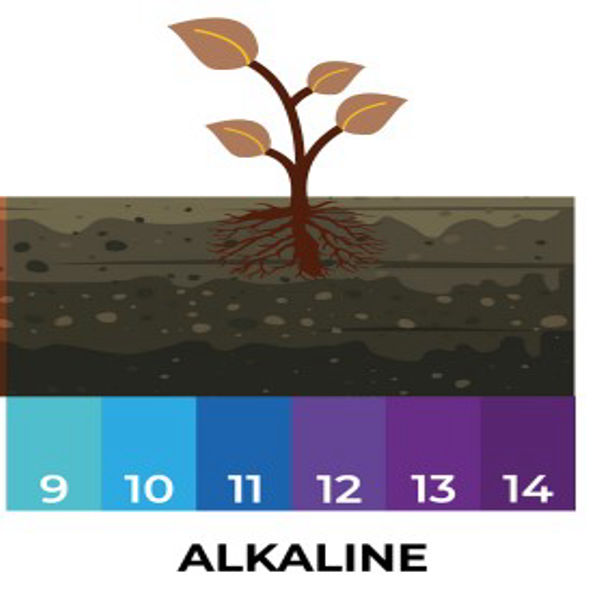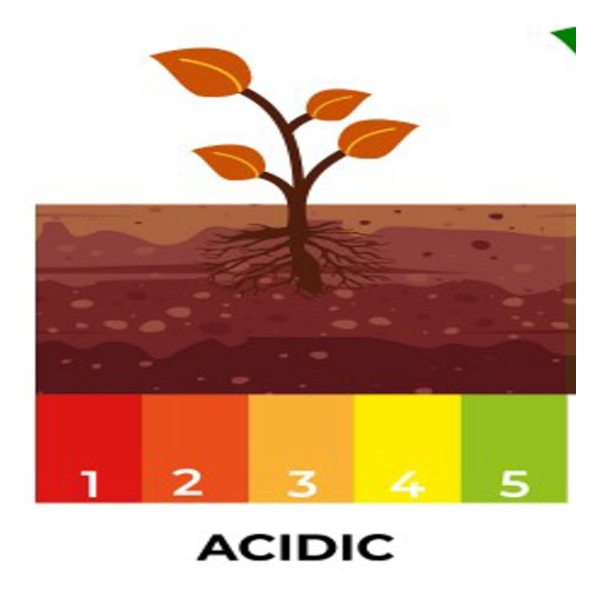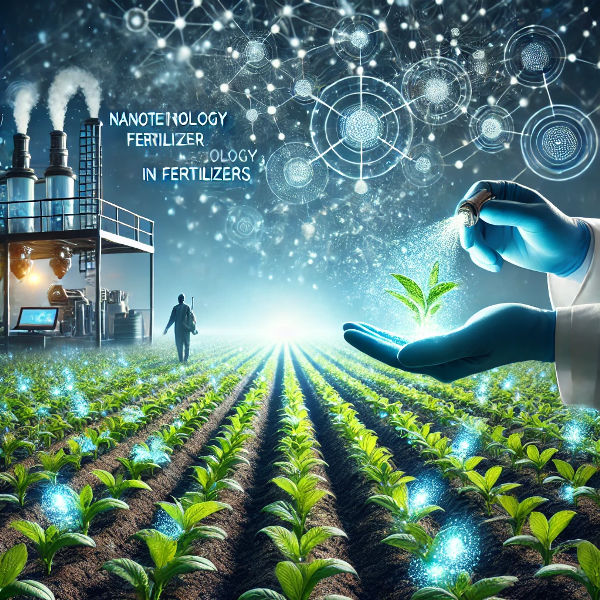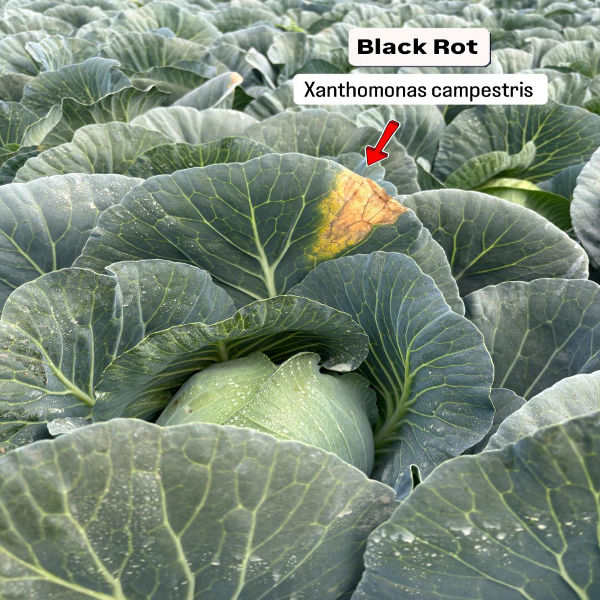
5. The role of technology in sustainable agriculture
Technology plays a crucial role in the future of sustainable agriculture, specifically in the
implementation and advancement of organic farming practices. With the help of
innovative tools and techniques, farmers can optimize their operations, reduce
environmental impact, and improve overall productivity.
One technology that is gaining popularity in organic farming is precision agriculture.
This approach allows farmers to monitor and manage their crops with great precision,
using sensors, drones, and satellite imagery. By collecting real-time data on soil
conditions, weather patterns, and plant health, farmers can make informed decisions
about irrigation, fertilization, and pest control. This not only minimizes inputs and waste
but also ensures that crops receive the exact resources they need to thrive.
Furthermore, the development of organic-specific pest management technologies is
crucial for organic farmers to combat pests without relying on synthetic chemicals.
Advances in biological control methods, such as the use of natural predators or the
release of insect pheromones, offer effective alternatives to conventional pesticides.
These strategies not only protect crops but also preserve biodiversity and ecosystem
health.
In addition to on-farm technologies, digital platforms and marketplaces are emerging to
connect organic farmers directly with consumers. These platforms enable farmers to
sell their produce online, reducing the need for intermediaries and ensuring fair prices.
Moreover, consumers can access information about the origin, production methods, and
certifications of the products they purchase, fostering transparency and trust in the
organic industry.
As we move forward, it is important for stakeholders in sustainable agriculture to
embrace and invest in technological innovations that support organic farming. By
leveraging these tools, we can enhance the viability and scalability of organic practices,
making them more accessible and attractive to farmers. Ultimately, the integration of
technology with organic farming will contribute to a more sustainable and resilient
agricultural system for future generations. Stay tuned for the conclusion of this blog,
where we will summarize the key points and discuss the potential challenges that lie
ahead.
6. Sustainable agriculture as a profitable venture
One of the common misconceptions about organic farming is that it is not financially
viable. However, the reality is that sustainable agriculture can indeed be a profitable
venture. In fact, the demand for organic products continues to grow, creating lucrative
opportunities for farmers who embrace organic farming practices.
One of the key factors contributing to the profitability of organic farming is the premium
prices that organic products command in the market. Consumers are increasingly
willing to pay a premium for organic produce due to its perceived health benefits and
environmental sustainability. This higher price point allows organic farmers to cover
their production costs and generate a reasonable profit margin.
Moreover, with the advancements in technology and the increasing availability of
organic-specific resources, farmers can now achieve higher yields and better crop
quality. Improved techniques in soil fertility management, crop rotation, and pest
control contribute to the overall productivity of organic farms. As a result, farmers can
increase their output and maximize their returns.
Additionally, sustainable agriculture practices help farmers reduce input costs by
minimizing the use of synthetic fertilizers and pesticides. By relying on natural and
organic alternatives, farmers not only save money but also minimize their impact on the
environment. This reduction in input costs goes hand in hand with the growing
consumer preference for sustainable and eco-friendly products.
Furthermore, the integration of technology into organic farming allows farmers to
streamline their operations, reduce waste, and improve efficiency. Precision agriculture
techniques mentioned earlier not only help farmers optimize resource allocation but
also reduce the risk of crop failure. This translates to reduced financial losses and
increased profitability for organic farmers.
In conclusion, sustainable agriculture, specifically organic farming, has the potential to
be a profitable venture. By meeting the growing consumer demand for organic
products, leveraging technology, and implementing efficient practices, farmers can not only contribute to environmental sustainability but also reap financial benefits. In the next and final section of this blog, we will discuss the potential challenges that farmers
may face when transitioning to organic farming and how to overcome them.
Keywords
crucial role
market consumers
increased profitability
conventional pesticides
natural predators
innovative tools
potential challenges
protect crops
crops receive
final section
crop failure
input costs
save money
result farmers
increasing availability
environmental sustainability
premium prices
financially viable
common misconceptions
profitable venture
farmers ultimately
technological innovations
move forward
access information
preserve biodiversity
combat pests
minimizes inputs
irrigation fertilization
satellite imagery
sensors drones
great precision
gaining popularity
techniques farmers
sustainable agriculture
ecofriendly products
precision agriculture
organic farms
organic industry
organic farmers
synthetic fertilizers
production costs
key points
exact resources
organic farming
ecosystem health
pest control
pest control contribute
operations reduce waste
sustainable agriculture specifically
organic alternatives farmers
organicspecific resources farmers
organic products command
organic products continues
support organic farming
organic farming practices
plant health farmers
growing consumer demand
platforms enable farmers
organic produce due
organic practices making
key factors contributing
origin production methods
ensuring fair prices
synthetic chemicals advances
perceived health benefits
biological control methods
reap financial benefits
reduced financial losses
growing consumer preference
achieve higher yields
reasonable profit margin
higher price point
resilient agricultural system
purchase fostering transparency
produce online reducing
make informed decisions
collecting realtime data



